I’d like to tell you something about my beautiful country, Brazil. In fact, we’re heading for Pantanal, the world’s largest tropical wetland area, in a Volkswagen Kombi, attached to which is a 1966 Willys jeep. On top of the Kombi, you can see a kayak and two bikes. Everything’s set for an unforgettable family road trip with lots of adventures!
It was March 2016 when we set off from São Paulo heading up to the state of Mato Grosso, where Pantanal is located. We drove a total of almost 1,600 km, and spent two days on the road and a few hours of sleep in a cheap motel somewhere. The amazing caimans welcomed us; they were everywhere and we could see them the whole time – what a feeling!



The local road is called the Transpantaneira. It isn’t asphalted, so the cars struggled in the mud caused by the previous day’s rain. The trip along this road is 147 km long and has 120 wooden bridges in an extremely poor state of maintenance. Yes, the rickety constructions play a big role in this adventure, because going over them is a very risky business, as you can see below.  But the reason why using up so much adrenaline was worthwhile was meeting so many amazing creatures. These guys impressed me quite a lot: giant otters. Seeing a pair of them right in front of me was a dream come true; I didn’t know if I should take a picture or step back a bit and be sure I was safe. Giant river otters are extremely cute and are innocent-looking, but they’re very dangerous and are capable of attacking and even eating a caiman! Take a look yourself and see how photogenic they are – one of them even looked into the camera! How adorable is that?
But the reason why using up so much adrenaline was worthwhile was meeting so many amazing creatures. These guys impressed me quite a lot: giant otters. Seeing a pair of them right in front of me was a dream come true; I didn’t know if I should take a picture or step back a bit and be sure I was safe. Giant river otters are extremely cute and are innocent-looking, but they’re very dangerous and are capable of attacking and even eating a caiman! Take a look yourself and see how photogenic they are – one of them even looked into the camera! How adorable is that?
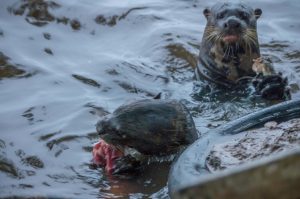
The next lady is very special, a seriema, a large, long-legged terrestrial bird, which had me enthralled because of those eyelashes. Girl, you look fabulous! (I’m not sure whether it’s a “girl” at all, but I wish I had these lashes. Don’t you girls?) 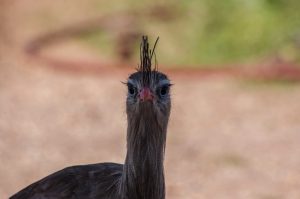 We also saw anacondas, blue macaws, toucans, southern crested carcaras, capybaras and lizards. The only animal we didn’t bump into was the gorgeous jaguar. Maybe we’ll be luckier next time, on another road trip around Brazil. Until then, let’s keep an eye on the natural world around us and enjoy it as best we can!
We also saw anacondas, blue macaws, toucans, southern crested carcaras, capybaras and lizards. The only animal we didn’t bump into was the gorgeous jaguar. Maybe we’ll be luckier next time, on another road trip around Brazil. Until then, let’s keep an eye on the natural world around us and enjoy it as best we can!
Author & Pictures: Gabrielle Pinheiro Machado Rehm

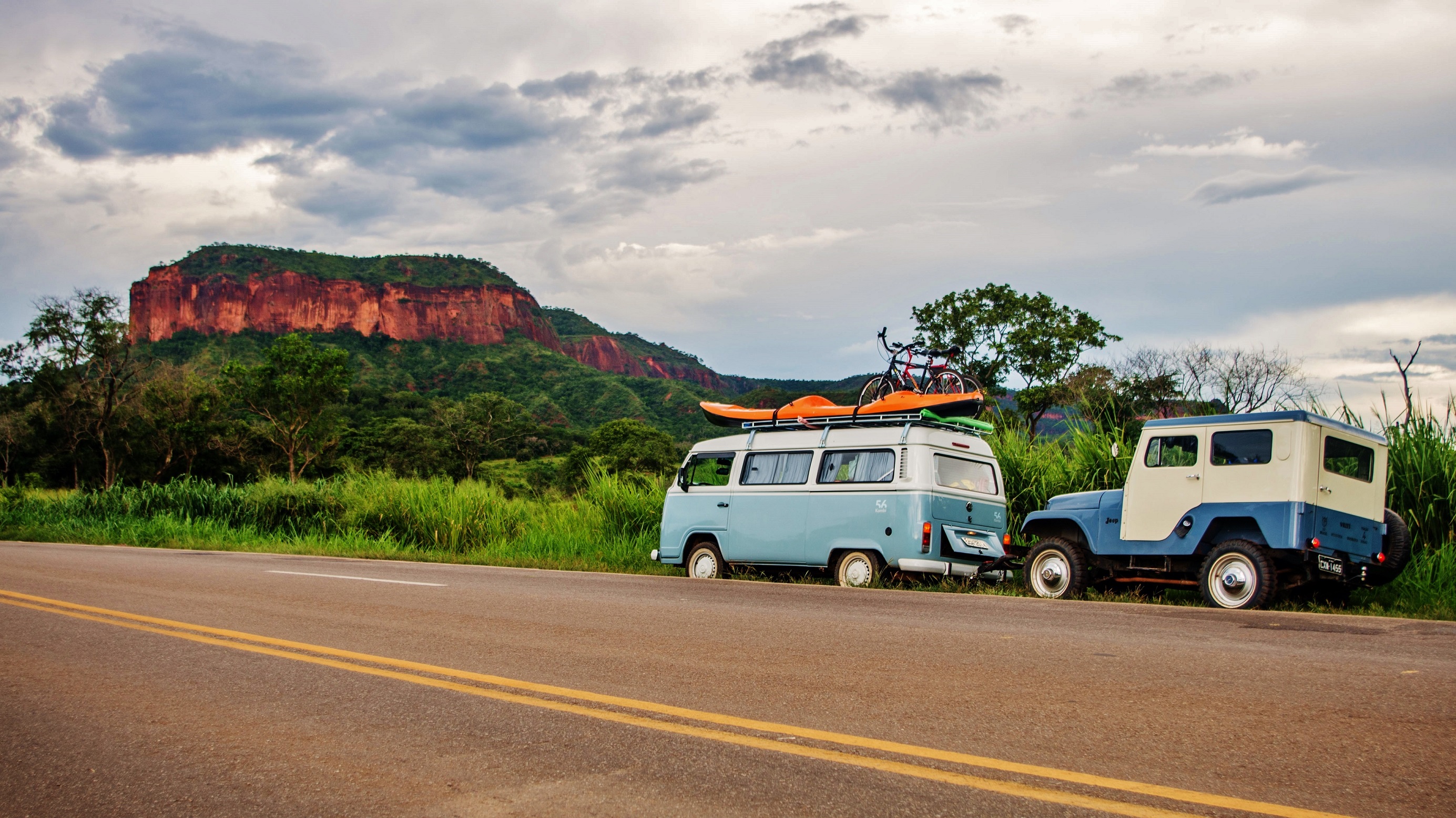
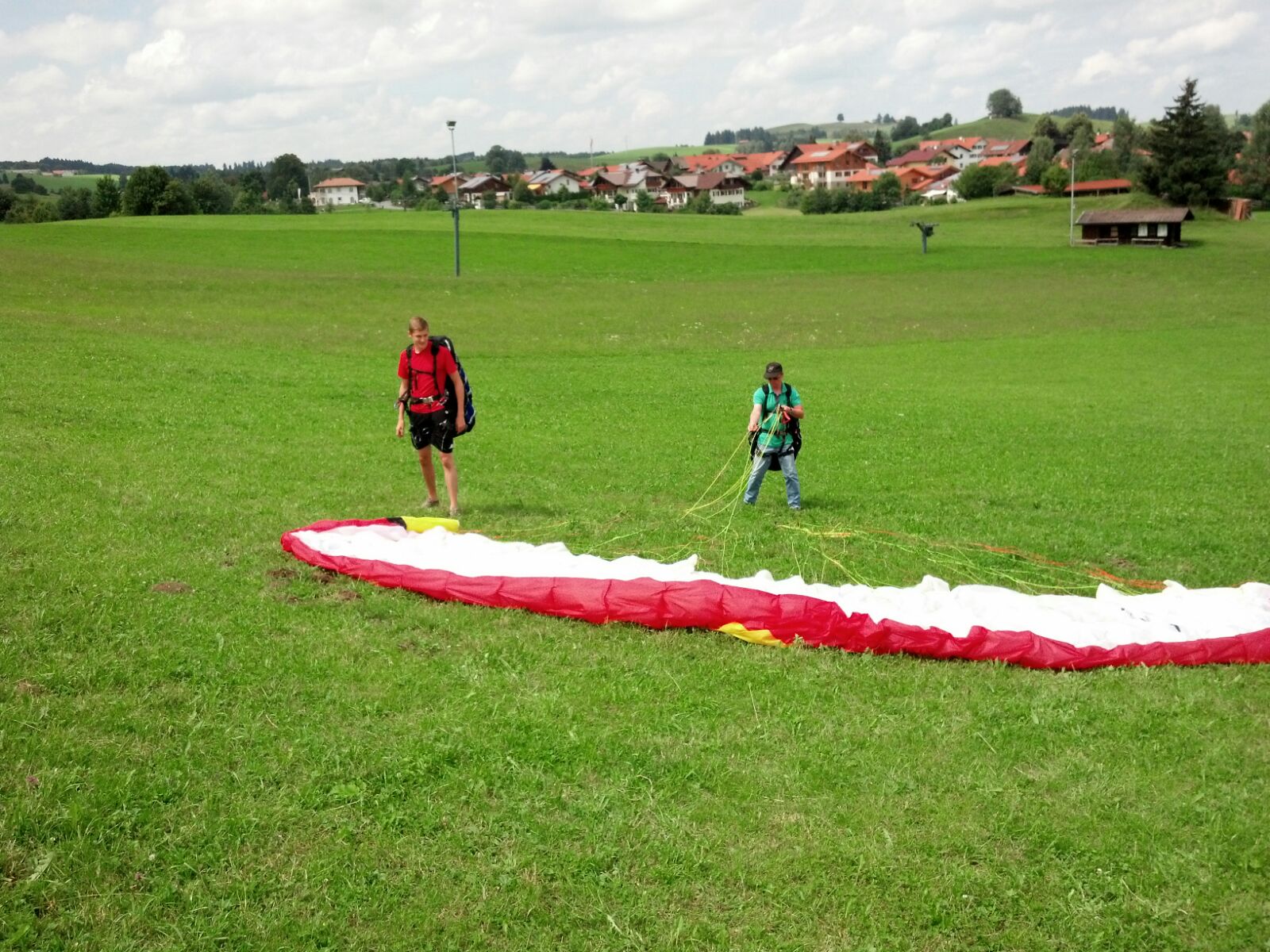
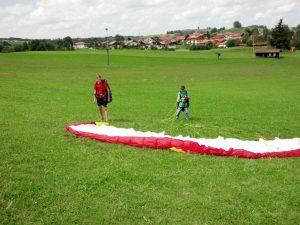
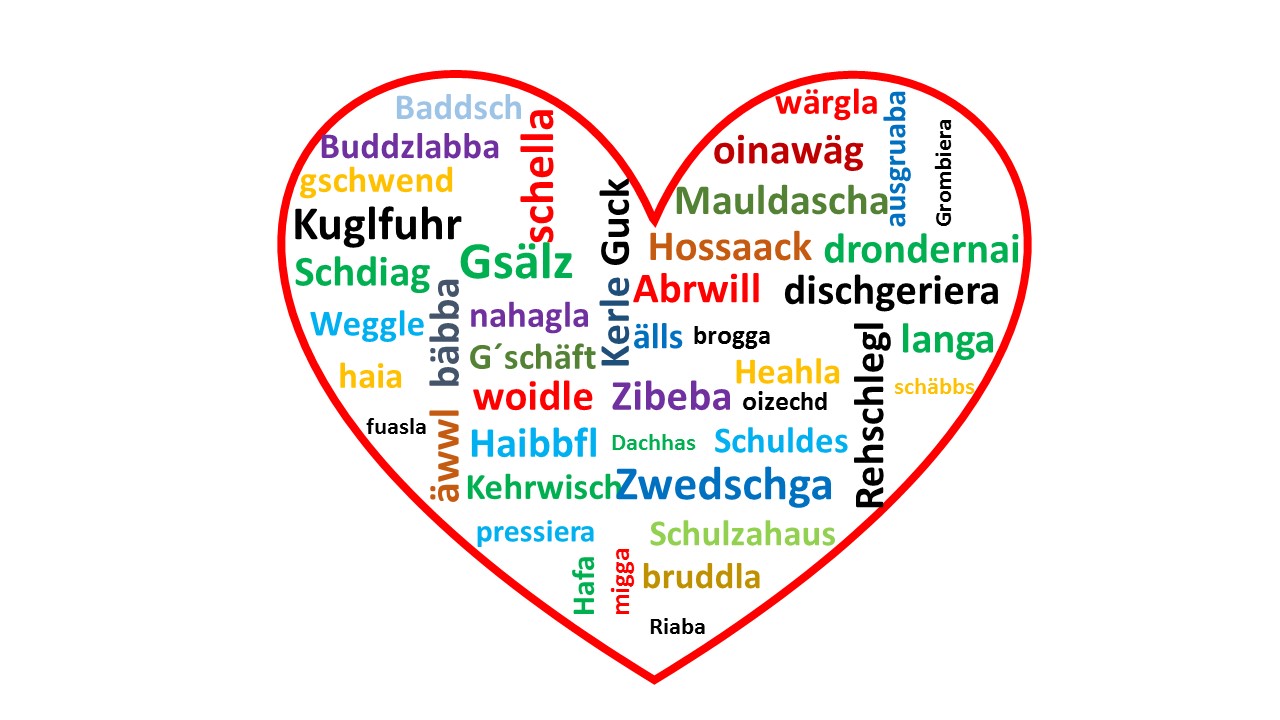
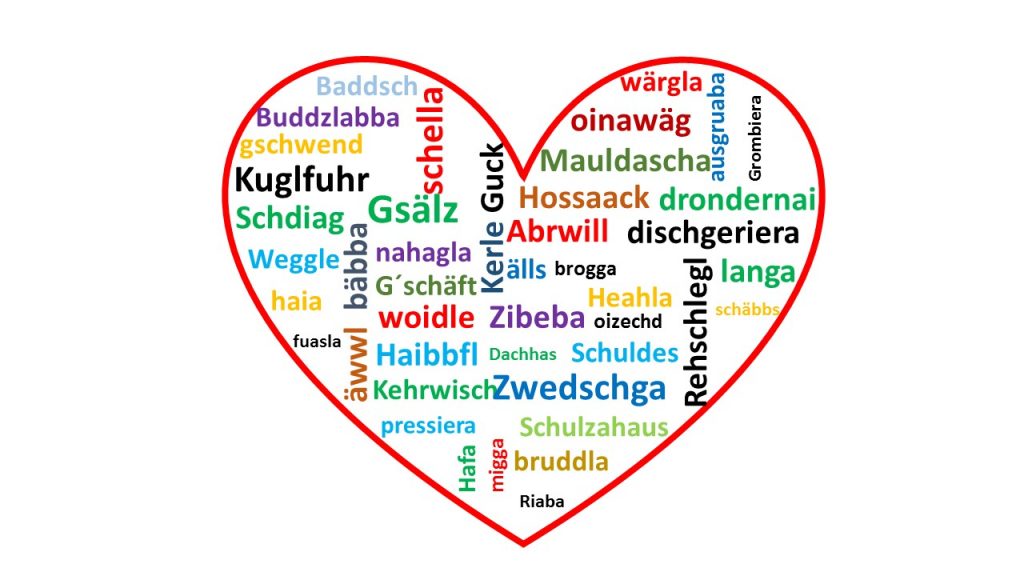 “I hol mer zerscht mol en Kaffee in dr Kafede, sonschd schlof I glei wieder ei.” If you hear this at university in the morning, you might not understand it as a non-Swabian. Of course, there’s a wide spectrum of dialects in Germany, some of which aren’t easy for outsiders. Since our noble institution is located in the Swabian part of Bavaria, some of the residents speak Bavarian varieties (“Boarisch“), whereas others „schwätzat Schwäbisch“, with the river Lech as a linguistic border. Augsburg, as the capital of Swabia, has its own Swabian variety: Augschburgerisch. In fact, you will be easily detected as a „Zuazogner“, if you say Augsburg instead of Augschburg.
“I hol mer zerscht mol en Kaffee in dr Kafede, sonschd schlof I glei wieder ei.” If you hear this at university in the morning, you might not understand it as a non-Swabian. Of course, there’s a wide spectrum of dialects in Germany, some of which aren’t easy for outsiders. Since our noble institution is located in the Swabian part of Bavaria, some of the residents speak Bavarian varieties (“Boarisch“), whereas others „schwätzat Schwäbisch“, with the river Lech as a linguistic border. Augsburg, as the capital of Swabia, has its own Swabian variety: Augschburgerisch. In fact, you will be easily detected as a „Zuazogner“, if you say Augsburg instead of Augschburg.
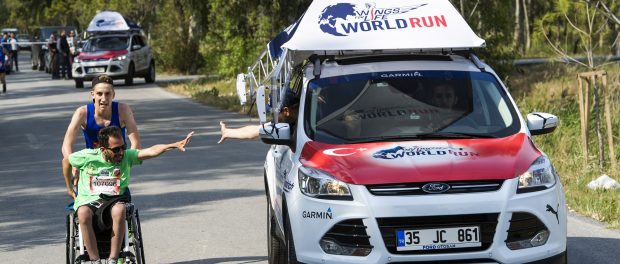
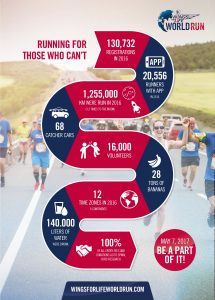 Helping out
Helping out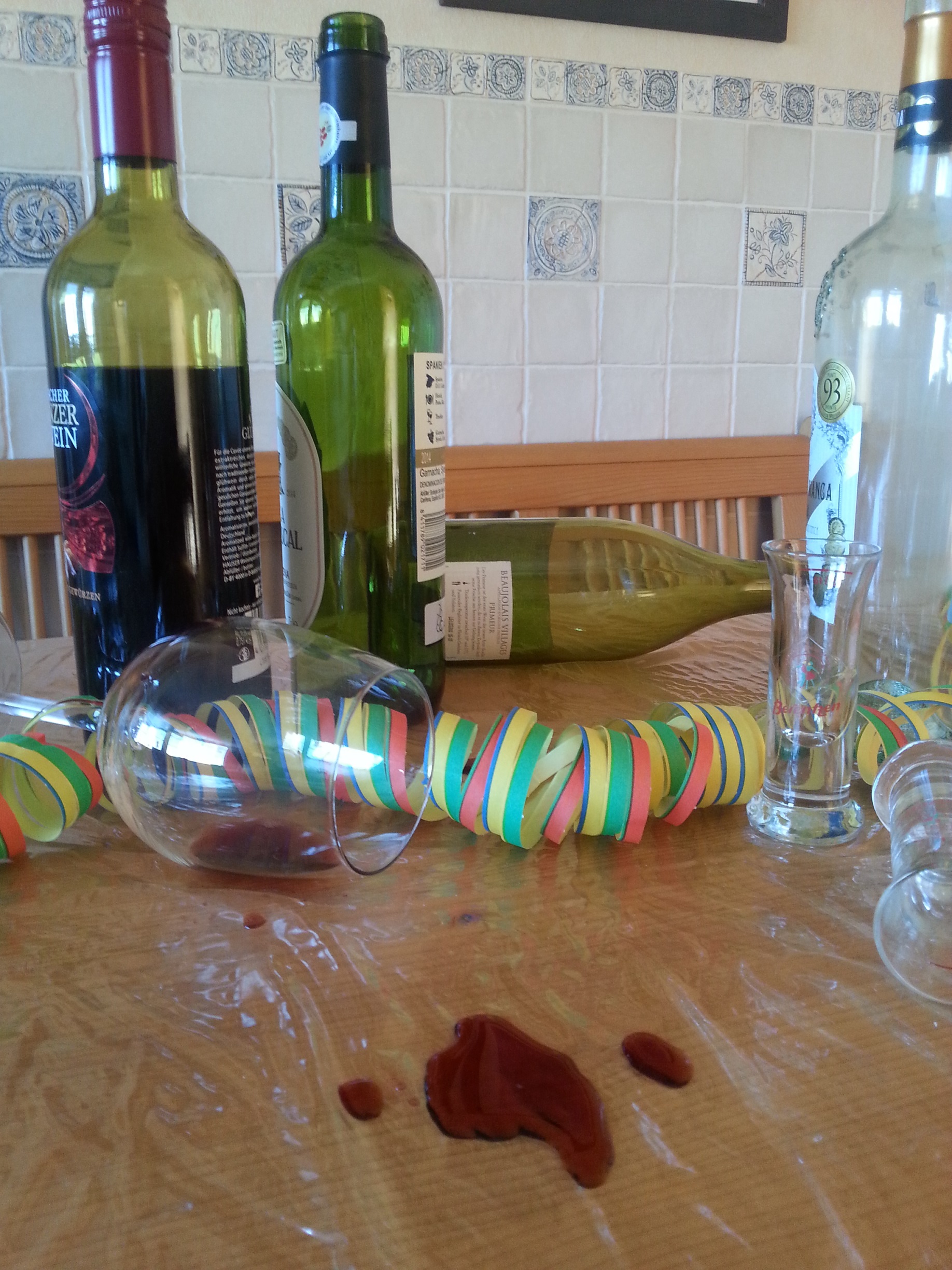



 2016 – What a year, right!? Only one day left until we start into 2017, and I hope you’ll all have a wonderful and sparkling New Year’s Eve and ring in 2017 as is right and proper! But before that, let us just do a very quick review of what happened in the last almost 366 (yes, it’s a leap year) days.
2016 – What a year, right!? Only one day left until we start into 2017, and I hope you’ll all have a wonderful and sparkling New Year’s Eve and ring in 2017 as is right and proper! But before that, let us just do a very quick review of what happened in the last almost 366 (yes, it’s a leap year) days. Satirist Jan Böhmermann presented a scandalous poem about the Turkish President Erdoğan. In Germany, the right-wing party AfD has had more and more success, in Turkey an attempted coup d’état, carried out by a group of the Turkish military, failed. Fidel Castro, Leonard Cohen, Zsa Zsa Gabor, Bud Spencer, Prince, David Bowie, Alan Rickman, Muhammad Ali, Hildegard Hamm-Brücher, Ilse Aichinger, Schimon Peres, Peter Lustig, Max Mannheimer, Götz George, Roger Cicero, Hans-Dietrich Genscher, Guido Westerwelle, George Michael and Carrie Fisher died. Jo Cox, a British Labour Party member, was murdered and in the fight for Aleppo thousands of people suffered from war and isolation. In Syria, Brussels, Munich, Ansbach, Nice, Orlando, Rouen, Berlin and in a German train people thought their destiny was to hurt or kill people. Those are just a few examples of death and destruction; things that happen every day somewhere in the world, but often go unnoticed if they don’t really affect us or our loved ones.
Satirist Jan Böhmermann presented a scandalous poem about the Turkish President Erdoğan. In Germany, the right-wing party AfD has had more and more success, in Turkey an attempted coup d’état, carried out by a group of the Turkish military, failed. Fidel Castro, Leonard Cohen, Zsa Zsa Gabor, Bud Spencer, Prince, David Bowie, Alan Rickman, Muhammad Ali, Hildegard Hamm-Brücher, Ilse Aichinger, Schimon Peres, Peter Lustig, Max Mannheimer, Götz George, Roger Cicero, Hans-Dietrich Genscher, Guido Westerwelle, George Michael and Carrie Fisher died. Jo Cox, a British Labour Party member, was murdered and in the fight for Aleppo thousands of people suffered from war and isolation. In Syria, Brussels, Munich, Ansbach, Nice, Orlando, Rouen, Berlin and in a German train people thought their destiny was to hurt or kill people. Those are just a few examples of death and destruction; things that happen every day somewhere in the world, but often go unnoticed if they don’t really affect us or our loved ones.
 As a sign of your solidarity and to show your support, you can wear The Red Ribbon tomorrow, a red loop that indicates your awareness. Just put it on your bag or wherever you like. It’s very important to raise awareness in order to sensitize people and avoid the further spread of HIV and AIDS. But carrying the HI virus doesn’t mean you’re affected by AIDS. For example, 85% of people diagnosed with HIV in the UK are not infectious.
As a sign of your solidarity and to show your support, you can wear The Red Ribbon tomorrow, a red loop that indicates your awareness. Just put it on your bag or wherever you like. It’s very important to raise awareness in order to sensitize people and avoid the further spread of HIV and AIDS. But carrying the HI virus doesn’t mean you’re affected by AIDS. For example, 85% of people diagnosed with HIV in the UK are not infectious.